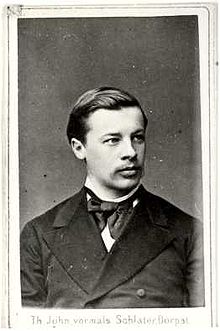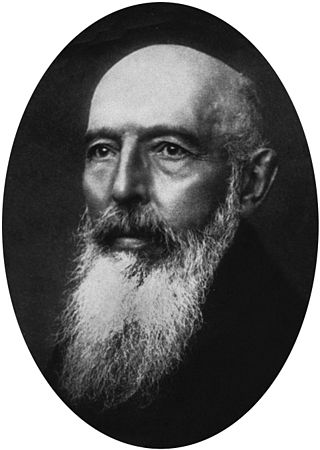
Gerhard Henrik Armauer Hansen was a Norwegian physician, remembered for his identification of the bacterium Mycobacterium leprae in 1873 as the causative agent of leprosy. His distinguished work was recognized at the International Leprosy Congress held at Bergen in 1909.

Georg Gottfried Julius Dehio, was a Baltic German art historian.

Carl Gustav Adolf von Harnack was a Baltic German Lutheran theologian and prominent Church historian. He produced many religious publications from 1873 to 1912. He was ennobled in 1914.

Theodosius Andreas Harnack was a Baltic German theologian.

Victor Babeș was a Romanian physician, bacteriologist, academician and professor. One of the founders of modern microbiology, Victor Babeș is author of one of the first treatises of bacteriology in the world – Bacteria and their role in pathological anatomy and histology of infectious diseases, written in collaboration with French scientist Victor André Cornil in 1885. In 1888, Babeș underlies the principle of passive immunity, and a few years later enunciates the principle of antibiosis. He made early and significant contributions to the study of rabies, leprosy, diphtheria, tuberculosis and other infectious diseases. He also discovered more than 50 unknown germs and foresaw new methods of staining bacteria and fungi. Victor Babeș introduced rabies vaccination and founded serotherapy in Romania.

Theodor Georg Andreas Molien was a Russian mathematician of Baltic German origin. He was born in Riga, Latvia, which at that time was a part of Russian Empire. Molien studied associative algebras and polynomial invariants of finite groups.

August Johann Gottfried Bielenstein was a Baltic German linguist, folklorist, ethnographer, and theologian.

Adolf Weil was a German physician after whom Weil's disease is named.

Georg Friedrich Karl Heinrich Bidder was a Baltic German physiologist and anatomist from what was then the Governorate of Livonia in the Russian Empire.

Georg Philipp von Oettingen was a Baltic German physician and ophthalmologist. He was a brother of theologian Alexander von Oettingen (1827–1905), and physicist Arthur von Oettingen (1836–1920).
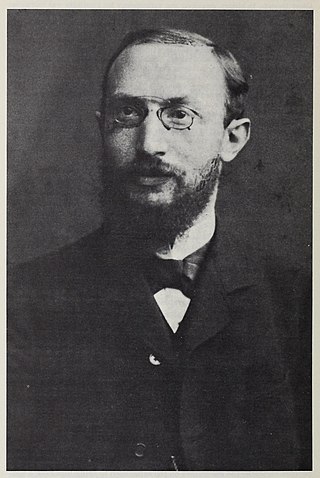
Louis Lewin was a German pharmacologist. In 1887 he received his first sample of the Peyote cactus from Dallas, Texas-based physician John Raleigh Briggs (1851-1907), and later published the first methodical analysis of it, causing a variant to be named Anhalonium lewinii in his honor.
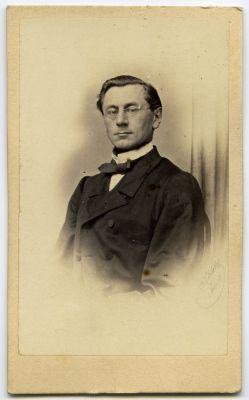
Jakob Ernst Arthur Böttcher was a Baltic German pathologist and anatomist who was a native of Bauska, in what was then the Courland Governorate. He worked primarily within the Russian Empire.
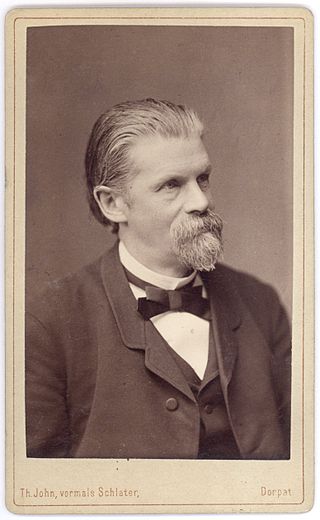
Johann Georg Noel Dragendorff was a German pharmacist and chemist born in Rostock.

Edmund August Friedrich Russow was a Baltic German biologist.

Eduard Georg von Wahl was a Baltic German surgeon.
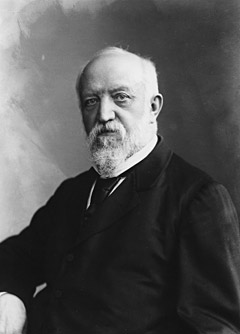
Theodor Ackermann was a German pathologist born in Wismar.

Nikolai Karl Adolf Anderson was a Baltic German philologist who lived in the Russian Empire. He specialized in comparative linguistics of Finno-Ugric languages.

Friedrich Georg von Bunge was a Baltic German legal historian. He was the older brother of botanist Alexander Bunge (1803-1890).
Else Hueck-Dehio (1897–1976) was a German author.
Paul Bargehr was an Austrian medical doctor and writer mostly known for his work treating Hansen's disease (leprosy) in the Dutch East Indies. Although the Japanese researcher Kensuke Mitsuda receives credit for first developing the modern lepromin test for distinguishing between different forms of Hansen's disease, Bargehr's work was responsible for coining and popularizing its current name.
